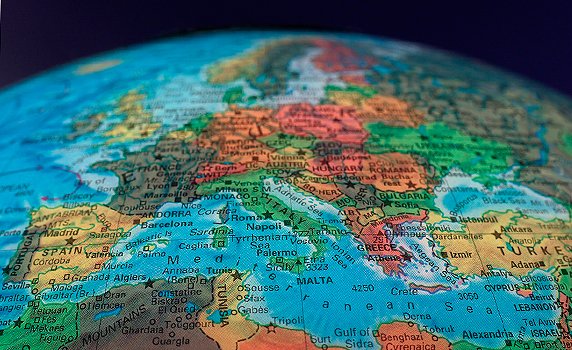
In the decade until 2012, Germany underwent a second economic miracle, lowering its jobless rate to near full employment.
This time it had nothing to do with an injection of foreign aid as occurred under the Marshall Plan after World War II. Instead, it was the fruit of a series of labor reforms, which is making other European nations, like Spain, stand up and take notice.
After the fall of the Berlin Wall in 1989, Germany found itself saddled with a jobless rate of 19.5 percent, as Western Germany sought to assimilate the formerly Communist East, which was suddenly plunged into free market realities.
Then-chancellor Gerhard Schroeder set up a special commission, led by Peter Hartz, the HR director of Volkswagen, whose recommendations led to the passage of four key laws.
As IESE Prof. Sandalio Gómez explains, the underlying thinking was that people needed to take matters into their own hands if they were going to avoid unemployment.
Read full article on the IESE Insight website.